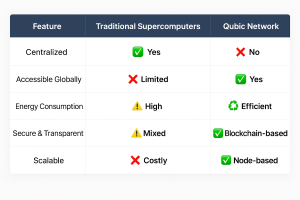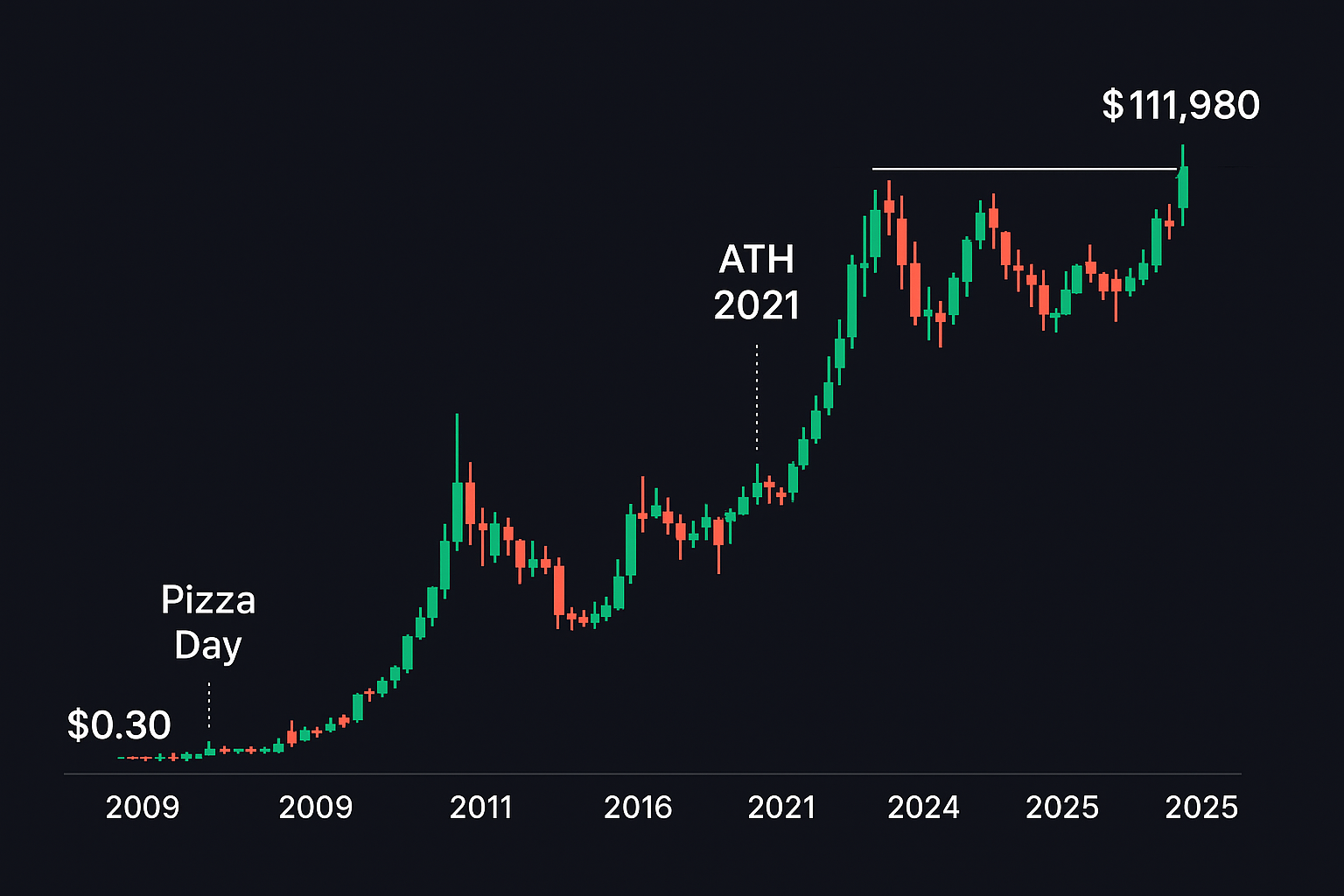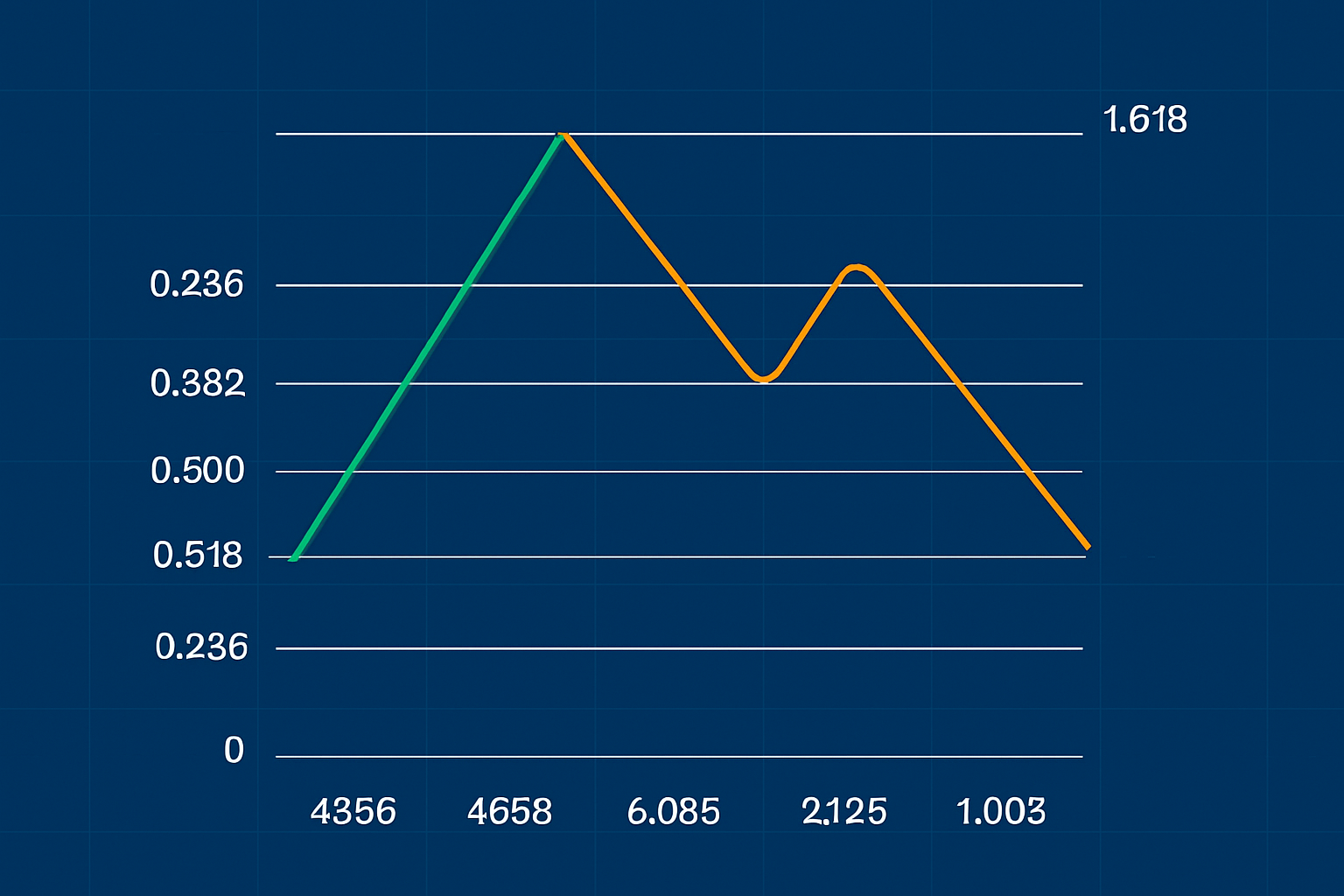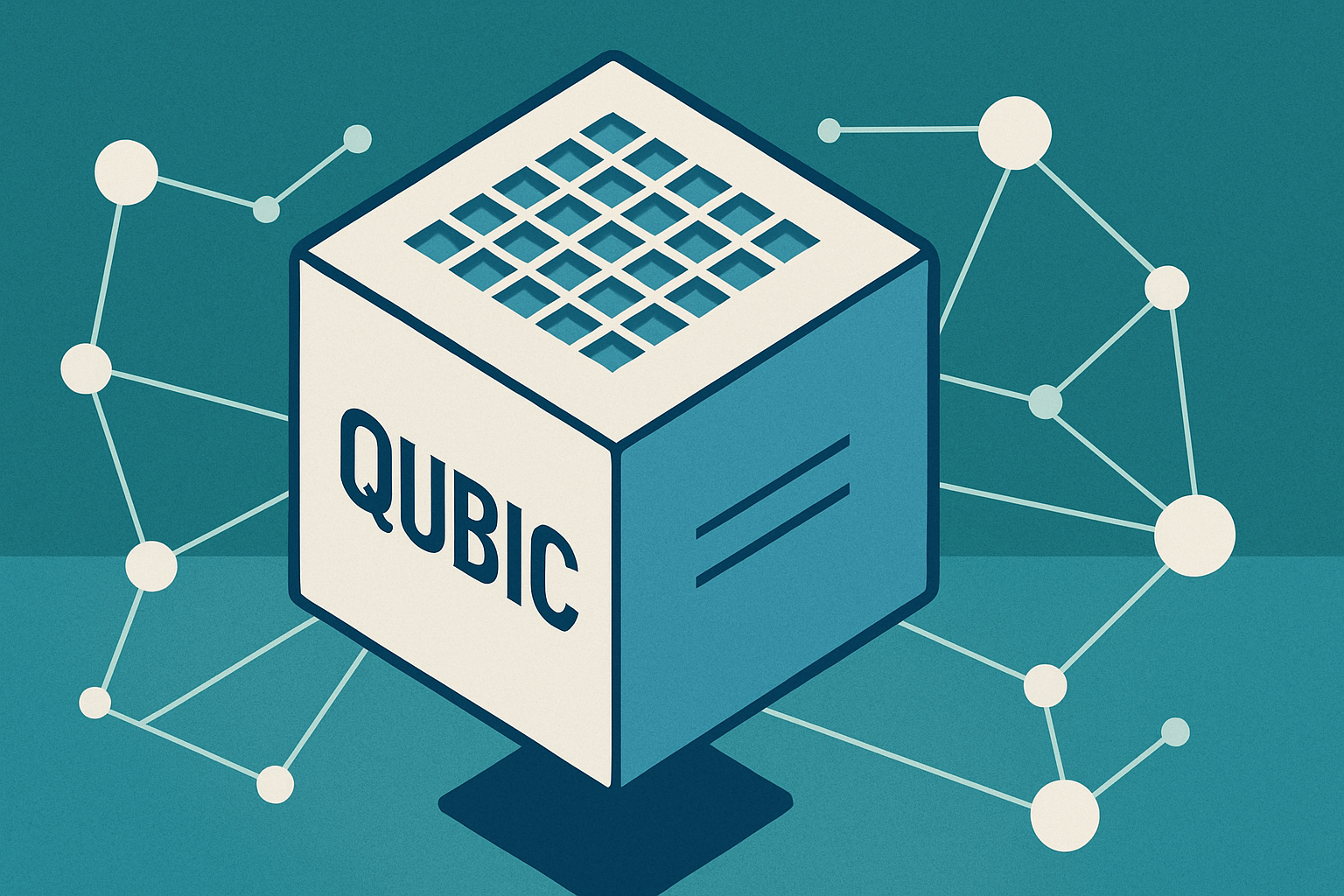What is Qubic?
Qubic is a decentralized computing protocol built to deliver enormous processing power across a distributed network. Unlike traditional centralized supercomputers hosted in government or academic institutions, Qubic harnesses the collective power of global nodes to perform computations securely, efficiently, and trustlessly.
Why Qubic Might Be a Top 10 Supercomputer
Raw Processing Power
While Qubic doesn’t exist in a centralized data center, its aggregate computational power—thanks to the global network of nodes—positions it among the world’s elite. Its performance in solving large-scale computations, including AI modeling and blockchain operations, is earning attention.
Fully Decentralized Infrastructure
What sets Qubic apart is its fully decentralized nature. Unlike traditional systems that rely on controlled environments, Qubic operates with no single point of failure, improving resilience, transparency, and efficiency.
Qubic Use Cases
Distributed AI training
Real-time financial simulations
Secure data analysis
Blockchain consensus validation
How Qubic Works
Qubic uses an asynchronous quorum-based consensus mechanism and energy-efficient algorithms. It’s designed to minimize latency, increase throughput, and democratize access to computational power.
Qubic vs Traditional Supercomputers

Final Thoughts
Qubic might not be a “supercomputer” in the traditional sense, but it could be something even better. Its ability to scale computation in a decentralized way makes it a top contender in the race for distributed processing dominance. Whether you’re in AI, crypto, or decentralized finance, Qubic might soon be the backbone of innovation.













































